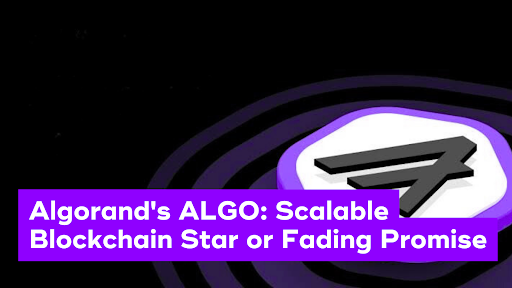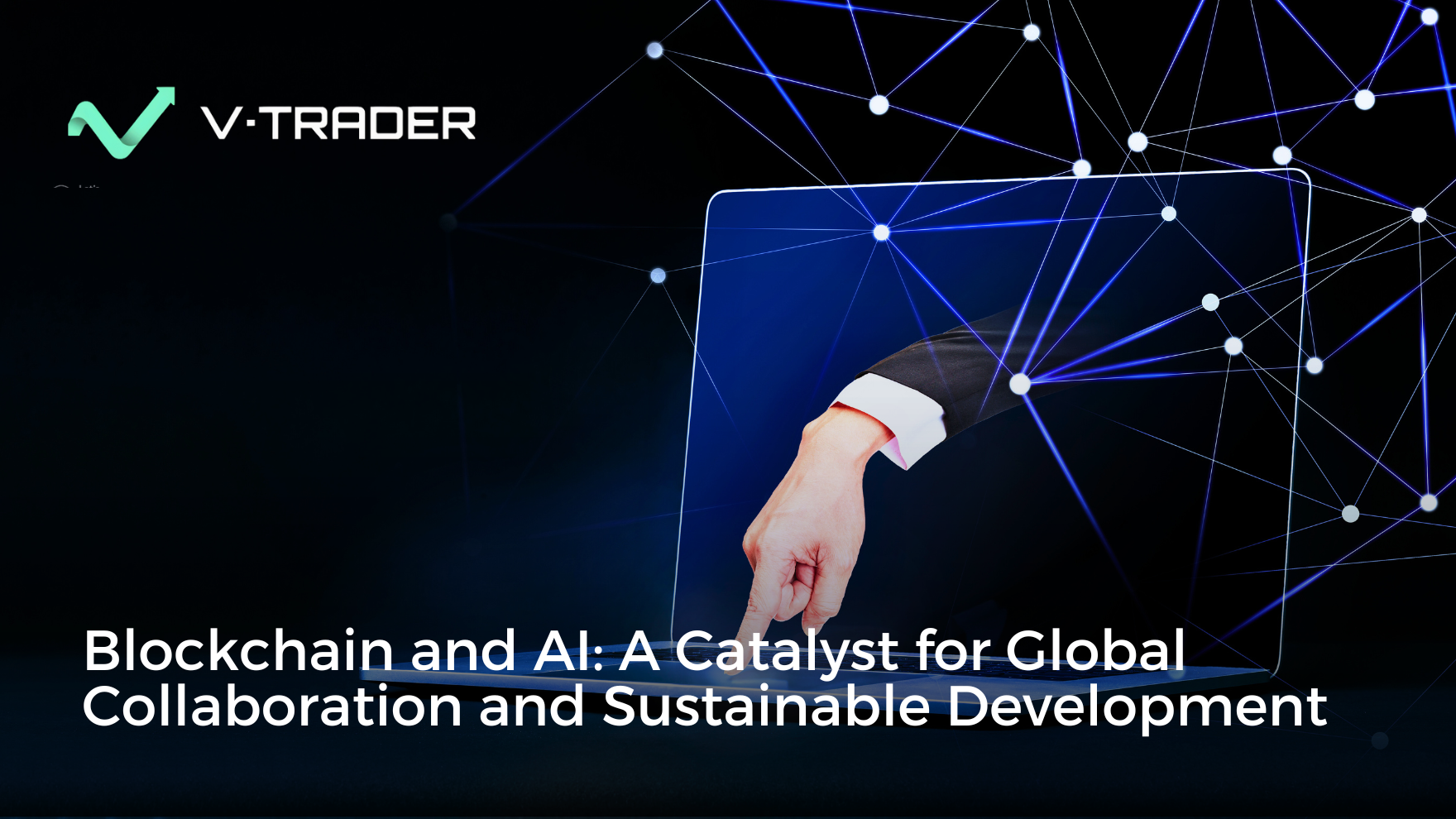Algorand’s ALGO: Built for Speed, Stuck in the Slow Lane
You’ve probably heard the pitch before—fast, secure, and scalable. That’s Algorand in a nutshell. Launched by cryptography legend Silvio Micali in 2019, the chain can crank out 1,000 transactions per second with finality in under four seconds. That’s not marketing fluff; it actually works. And at $0.0004 per transaction, it’s practically free. On paper, it’s everything Ethereum isn’t.
So why is ALGO trading at just $0.20?
As of June 5, 2025, its market cap sits at $1.7 billion. That’s a long fall from its $3.56 high back in 2019—down 94%. Ranked #66 now, it’s teetering on the edge of irrelevance. Posts from @AlgoFoundation hype real-world wins like tokenized solar panels and $2M USDC swaps for less than a penny, but the volume tells another story. Daily trading sits at just $45.7 million. Compare that to Solana’s $3 billion and you start to see the gap.
So, what gives?
The Tech Checks Out. Adoption Doesn’t.
Let’s get one thing straight: the tech is rock solid. Algorand runs on Pure Proof-of-Stake (PPoS), which skips energy-heavy mining for a lightweight, no-fork model. It’s fast, cheap, and doesn’t melt the planet. Staking’s frictionless—no lockups, just a steady 5–8% yield, depending on where you park your tokens.
AlgoKit 3.0 dropped earlier this year, giving developers a Python-based toolkit to spin up dApps faster. It’s clean, developer-friendly, and removes a lot of the pain that normally comes with blockchain builds. Meanwhile, the network’s TVL climbed 12% in Q3 2024, crossing $100 million—modest, but it’s moving. Folks Finance and Tinyman are leading the charge, with USDC handling most of the stablecoin activity.
Then there’s the RWA angle—real-world assets. Algorand’s partnered with Enel Group to tokenize solar infrastructure. That’s not just a press release; it’s a use case. Ripple’s DeRec Alliance deal added another feather to the cap.
But for every win, there’s a bruise. ALGO dropped nearly 10% in the past week while the broader market only dipped 2%. That hurts. Volume remains thin, and Ethereum’s 2000+ dApps tower over Algorand’s modest 200. FIFA abandoning ship in 2024 to jump to Avalanche? That was a gut punch. Then there’s the 2023 exploit—$9 million gone. Not catastrophic, but not forgotten either. And according to IntoTheBlock, 97% of holders are still underwater.
Even bullish voices like @LordOfAlts call it a “sleeping giant,” but sentiment is shaky. Fear & Greed Index? Sitting at 74 (Greed). But technicals? Totally flat.
Undervalued or Just Unloved?
Here’s how the numbers stack up:
| Protocol | TVL | 24h Volume | What’s It Known For |
| Algorand | $100M | $45.7M | Real-world tokenization |
| Solana | $1.5B | $3B | NFTs, DeFi, fast L1 scaling |
| Ethereum | $60B | $15B | dApp dominance |
The difference is glaring. Algorand’s speed and cost-efficiency don’t translate into market share. TravelX has issued over 100 million NFT-based airline tickets on-chain—that’s real traction. And yet? Just 132 daily active wallets. That’s it.
Stablecoins on Algorand grew 34% quarter-over-quarter, which sounds good until you realize it’s mostly one asset: USDC. Whale wallets are accumulating, which is a positive, but funding rates on Binance have flipped negative—shorts are piling on. The market doesn’t seem convinced.
You could compare Algorand to a high-speed train—engineered beautifully, runs like a dream—but stuck at a station with no passengers. Most people are still flying Solana or riding Ethereum’s L2 rails.
Can ALGO Get Back in the Game?
There’s a scenario where things turn around. If real-world asset (RWA) tokenization takes off—and that’s a big “if”—Algorand’s ahead of the curve. Cryptopolitan projects $0.43 by year-end, with a potential $2.73 by 2030. That’s a moonshot, sure, but not impossible. CoinPedia’s $0.90 forecast is a bit more grounded, hinging on broader altcoin momentum.
Then there’s WalletInvestor. They see $0.45 tops by year’s end. Not bearish, not bullish—just lukewarm. That’s worse than bad news. It’s indifference.
What could wreck it? Another hack, SEC action (still possible), or just plain old market boredom. A Bitcoin correction could break ALGO’s support at $0.16. That wouldn’t just hurt—it’d shake confidence across the board. Meanwhile, @AlgoFoundation keeps talking up the network’s quantum resistance, but that’s not winning the battle for wallet installs today.
Bottom Line: Strong Chain, Weak Momentum
Algorand has everything it needs under the hood. The architecture is elegant. The fees are a dream. And the use cases are growing—slowly but surely. But none of that seems to matter when traders don’t care.
You want it to win. The space needs efficient, carbon-neutral alternatives. But unless the market starts showing up, ALGO’s just not going anywhere fast.
Not dead. Not dying. But definitely drifting.

Steve Gregory is a lawyer in the United States who specializes in licensing for cryptocurrency companies and products. Steve began his career as an attorney in 2015 but made the switch to working in cryptocurrency full time shortly after joining the original team at Gemini Trust Company, an early cryptocurrency exchange based in New York City. Steve then joined CEX.io and was able to launch their regulated US-based cryptocurrency. Steve then went on to become the CEO at currency.com when he ran for four years and was able to lead currency.com to being fully acquired in 2025.


